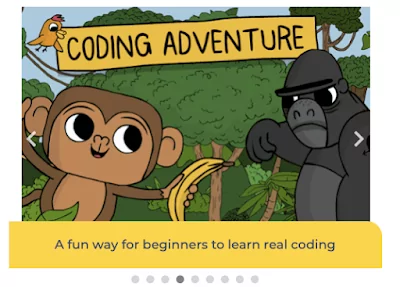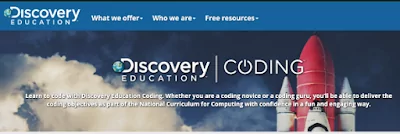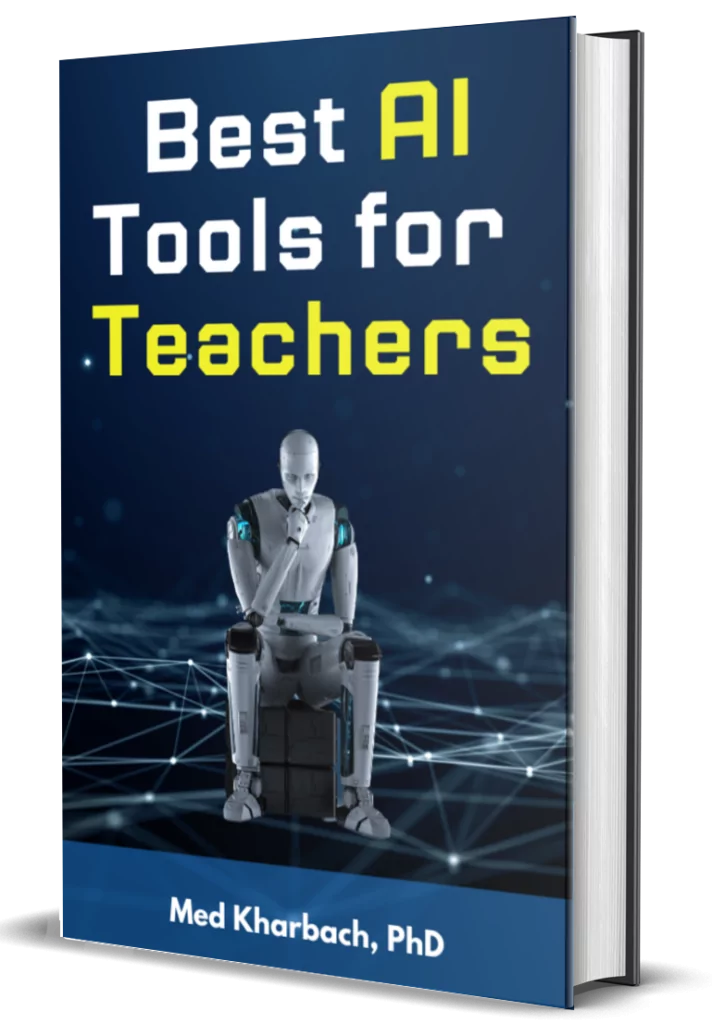Coding is becoming one of the essential skills in today’s education. More and more schools are offering computing programmes of study for students at a younger age. Coding, as Discovery Education (DE) eloquently put it, is “not just about being able to write code, it’s about teaching pupils to think like a coder”. Learning is always effective and powerful when the learner identifies with the content learned and turn it into meta-knowledge, that is, a knowledge to be used to solve problems in other areas in life. Therefore, when we teach our students coding, we want them to identify with the identity of the coder, adopt a coder mindset and use computational thinking in addressing learning problems.
We have already featured a number of interesting resources that teachers and parents can use to help their kids develop strong coding skills and today we are particularly highlighting two more resources. Both of these resources incorporate the principles of inquiry-based learning in the design and delivery of their educational content. They offer a wide variety of activities and games that enable kids to not only learn the basics of coding but to also experience first-hand its tangible application in real life learning environments.
1- Code Monkey
CodeMonkey is a good platform where you can start teaching your students about coding. It offers a number of educational materials such as lessons, webinars, video tutorials, MOOC courses, and many more. Using the site’s Classroom Dashboard, you will be able to keep track of your students learning and mange their activities. Additionally, “CodeMonkey offers educational resources for students of different grades and experience levels. From CodeMonkey Jr. to Banana Tales, students not only learn coding basics, but also how to code in real programming languages. Through CodeMonkey, kids will develop the necessary skills for the future while having fun!”
The popular platform Discovery Education has this interesting curriculum that features resources and materials teachers can use to teach young learners coding. These include block coding lessons “where pupils drag and drop events, objects and actions to make things happen in a program, progressing to building their own games and apps”. It also provides lessons to help students learn about coding languages such as HTM, CSS and Python. Students will get to “learn how to write programs using text, and apply their coding know-how to build quizzes, draw graphics and run simulations”. There are also video tutorials and illustrations to facilitate the explanation of complex coding concepts. Teachers can access over “100 lesson plans … [with]… learning objectives, success criteria, vocabulary and key questions to ask pupils”.






